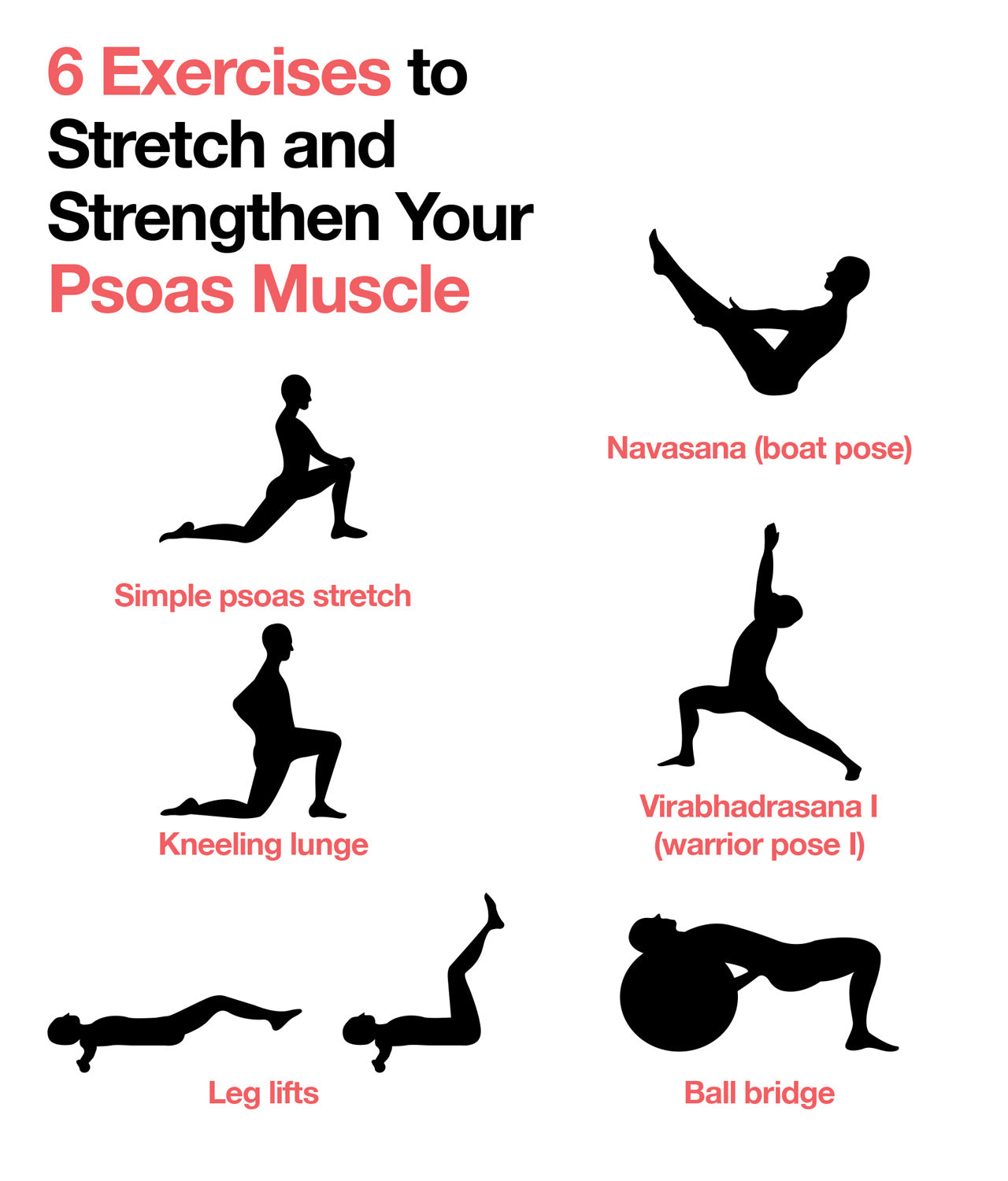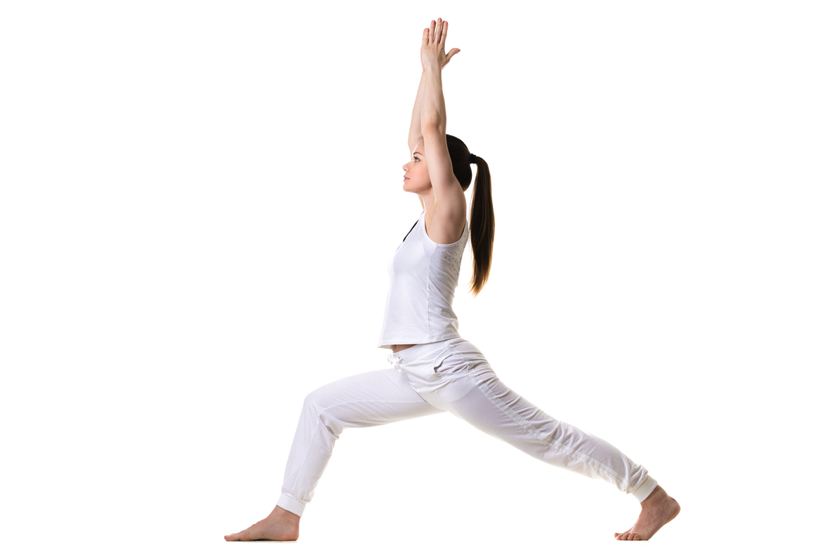

See below for foam roller modification.įorward Lunge Stretch: Keep your hips square and your chest open. You should feel a pulling at the front of your hip or thigh. Let the other leg hang from the edge of the bed and keep it relaxed. Passive Stretch: Lie on the edge of a bed/table and pull your knee towards you. When doing homecare remember to take your time and breath through all movements. Exercises include stretching and lower-impact dynamic exercises known as “closed chain” which are designed to stretch and strengthen the psoas muscle and allow the body to repair & recover.

The exercises will include active and passive spine, hip, and psoas muscle manipulation and stretching. Physical exercise is also a major component in resolving psoas syndrome. A great technique is the “pin & stretch” or “isolytic release” which involves getting you as the patient to go through either passive or active ranges of motion to optimize lengthening and repair. Your RMT will have you in the side-lying position and/or lying face up to best treat this muscle group. Massage Therapy techniques involving going through the abdomen and around your iliac crests (hips) are very effect ways of treating these muscles. Therefore, when treating the area, it is important to remember the dominant fascial component. Prolonged sitting, excessive running/training, lower back posture, restriction of your diaphragm (apical breathing), fascial restrictions due to the ureter lying directly in-front of this muscle in the case you are passing a kidney stone it will cause direct inflammation to the muscle, parietal peritoneum (covers the psoas muscle & appendix) so in turn an appendicitis can cause psoas irritation. It is this sudden transition from sedentary to active that puts you at risk for symptoms of psoas syndrome. Then on the weekend, when we’re wanting to get away from the office and hit the local ski hill or go on a hike/run to enjoy the outdoors, this muscle is now in a variable state because its job is to lengthen at great speeds to propel us forward to our fun weekend ahead. Iliopsoas is forced to be in a shortened (contracted) state for on average 8 hours a day while you carry out your work tasks. With a good portion of today’s population having a desk or seated job, this muscle has to overwork as your hips are flexed for prolonged periods.

It’s an interesting concept to think that the cause of the pain in your lower back can be related to a muscle originating on the anterior (front) of your lumbar vertebras (deep within your abdomen). As these muscles run together to share the same action, they now become known as iliopsoas.įlexes the hip (brings your knees towards your chest), laterally rotates the hip (allowing you to stand like a ballet dancer with your toes pointed outwards), adducts the hip (brings your legs in towards the center of your body), lateral tilting the pelvis (hiking your hips one at a time), lateral flexion of the spine (banding your spine to one side). Iliacus is a smaller muscle originating on the medial aspect of your iliac fossa (inside your hip bones). It is the biggest and therefor strongest player in the “hip flexor” group. Psoas is a deep core muscle connecting your lumbar vertebrae to your femur. The Psoas & Iliacus muscles are what we’re going to focus on.

pain in the lumbosacral region when sitting or standing (lower back pain).Many patients may experience any number of the following symptoms: Psoas Syndrome is easily misdiagnosed due to it often presenting as lower back pain.


 0 kommentar(er)
0 kommentar(er)
